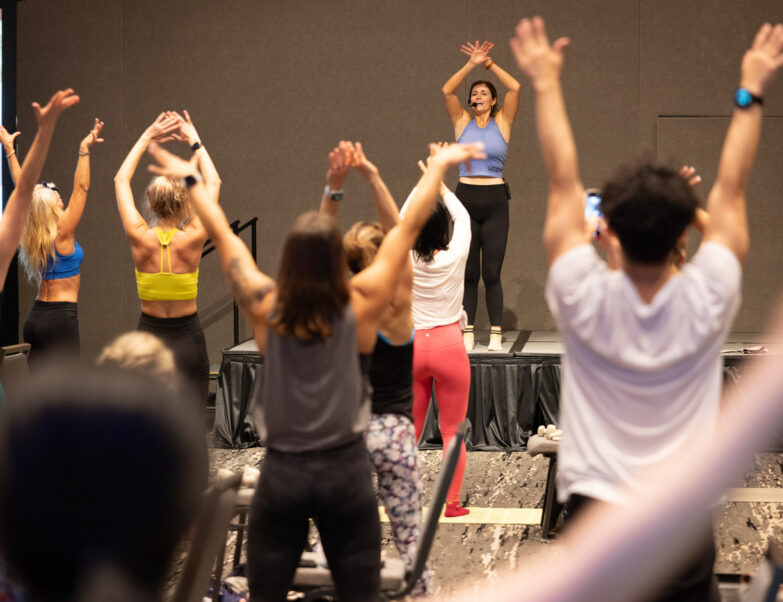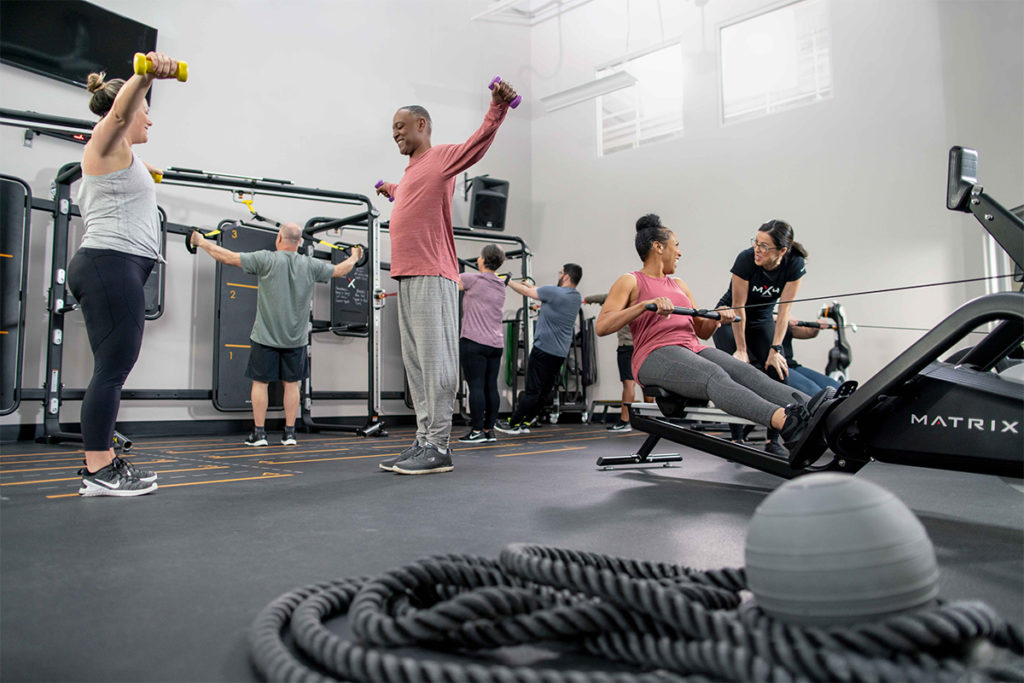Walk the Plank
Try these variations on a popular core exercise.
The necessity of working the core still
attracts a lot of attention. However, many people remain puzzled as to what the core is. Much more than just the abdominal wall or the back, the core includes all the muscles from the pelvic girdle to the shoulder girdle; it connects the lower body and upper body, providing the foundation for all movement.
For strength, stabilization and support, working the core in its entirety is important. While traditional crunches train the abdominal wall to an extent, we need to open up the exercises to achieve more functionality and stabilization. Having a strong muscle is one thing, but having a strong, functional muscle is another. My favorite way to achieve this is with plank-based exercises.
When you are in a proper plank position—on the hands or forearms—the entire body works to stabilize itself. The plank has a very functional aspect, as it focuses more on postural muscles, which are important for balance and spinal support. The following exercises kick the plank up a notch or two with dynamic movement using Gliding™ discs, which also provide strategic instability for deeper core engagement. If your fitness facility doesn’t have Gliding discs, you may substitute paper plates. However, using the discs is ideal.
Gliding Plank
This is essentially a traditional crunch with the body turned upside down. The body has to compensate for the pull of gravity. By working through the plank position, you allow your spine to flex and rotate prior to returning to a long, strong posture. Use control and engage the abdominals during all movements, allowing the spine to articulate. Let yourself feel that “one vertebra at a time” movement.
- Begin in prone plank position (on hands or forearms) with Gliding discs under toes.
- Keep weight in shoulders, not hands, to avoid putting too much pressure on wrists.
- Abduct right leg and bring it back to center.
- Repeat with left leg.
- Bring right knee inward toward opposite elbow, allowing for some torso
rotation.
- Repeat with left leg.
- Pull both knees into center of body and out again.
- Pull both knees to the right and out; repeat to the left.
- Pike up and slowly release down, resisting urge to let body drop.
Plank Walk
The power of this exercise comes from using the upper body’s strength to pull you across the room. The core is firing as it fights to hold you upright.
- Start in plank, discs under toes.
- Keep weight in shoulders as opposed to hands.
- “Walk” across room using your arms, letting legs follow naturally in “snakelike” pattern on discs.
Back Extension
This move helps stretch the abdominals and works the upper back and latissimus dorsi. The Gliding discs allow the body to lift slightly.
- Start with discs under hands, body prone on floor.
- Keep arms straight, lift shoulders back and down into “back pockets”; lift upper body into back extension; repeat.
Give yourself time to breathe and stretch between each set. Be sure to modify the exercise for the benefit of participants. Fitness should not be about “no pain no gain,” but about movement with control. Remember, weak or tight muscles can lead to injuries and negative postural realignments. As science continues to grow and develop, so too do methods and approaches to training the body. Physical activity that focuses on strength, stability, power and function is the key to keeping the body young and feeling strong.
© 2008 by IDEA Health & Fitness Inc. All rights reserved. Reproduction without permission is strictly prohibited.





